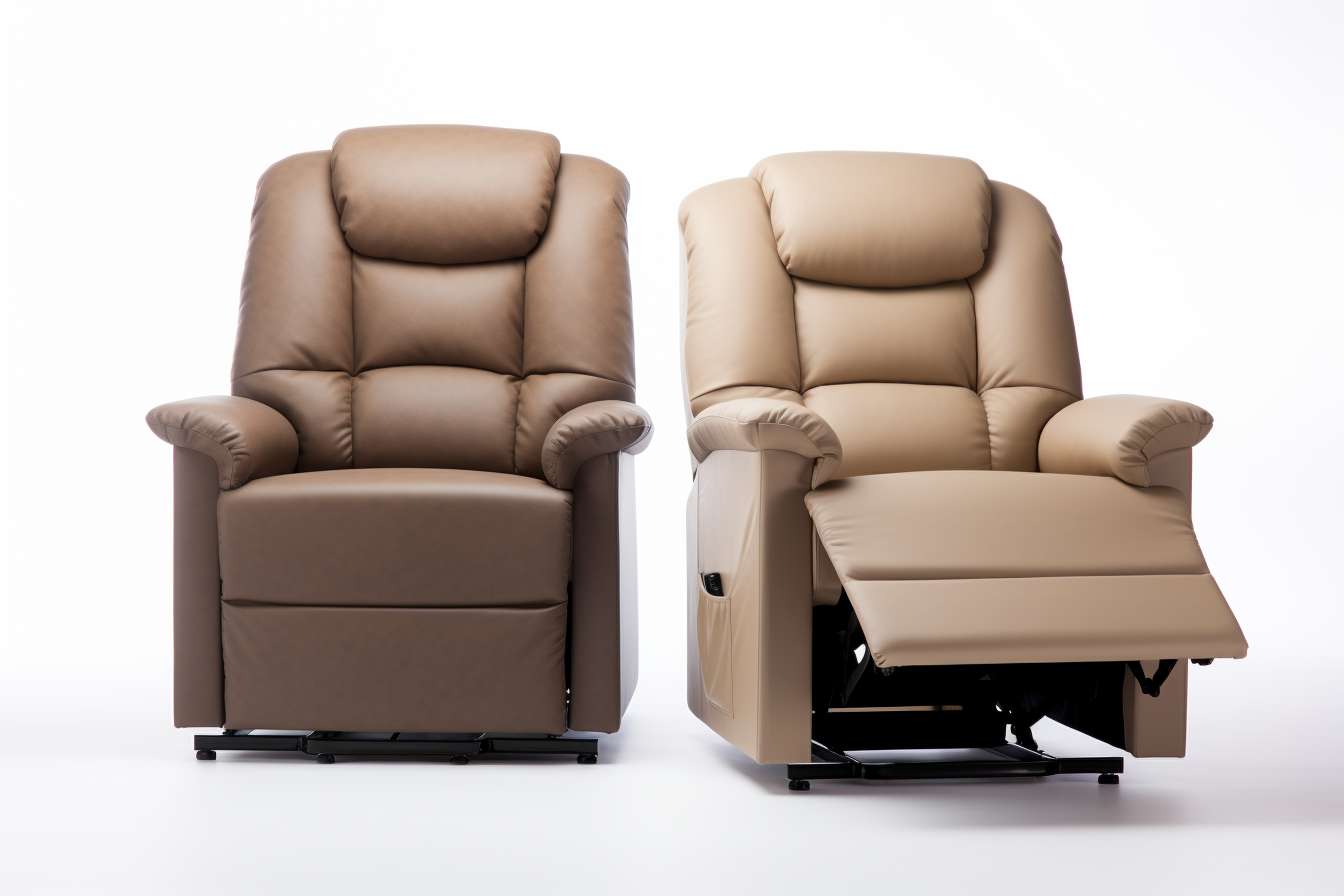Recliner Chairs: Selection, Placement, and Comfort Guide
A recliner chair is a common piece of furniture in many living rooms because it combines seating and rest functions in one unit. Choosing the right recliner involves more than style — consider size, mechanism, materials, and how it will fit with your living room layout. This guide explains practical options and features to help you select a recliner that suits your space and comfort needs.

What is a recliner?
A recliner is a chair designed to tilt backward and often extends a footrest so the user can relax in a semi-reclined or fully reclined position. Mechanisms range from manual lever and push-back styles to electrically powered motors. Recliners may also include features such as swivel bases, built-in lumbar support, adjustable headrests, and integrated controls for heating or vibration. Understanding these basic types helps you match a recliner to daily use: a basic manual model can be durable and simple, while power recliners add convenience for users with limited mobility.
How to choose a chair for your needs
Selecting a recliner chair requires assessing who will use it and how. Measure seat height, depth, and overall dimensions before shopping, and compare those to the primary user’s body size. Consider weight capacity and frame construction for durability; hardwood frames and reinforced joints typically last longer. If mobility is a concern, look at lift-recliner models that help users stand safely. Test cushions for the balance of softness and support—high-density foam often gives firmer support, while pocketed coils or layered foam can offer more contouring. Also review ease of operation (manual vs. power), maintenance requirements for upholstery, and warranty coverage.
How recliners fit into furniture layouts
A recliner is both a functional seat and a visual element in the living room. When planning placement, allow sufficient clearance behind the chair and in front for the footrest when extended. Typical clearance is at least 12–18 inches behind fully reclining models, though space requirements vary by mechanism. Consider traffic flow so the recliner does not block walkways or sightlines to focal points like a television or fireplace. For smaller living rooms, look for compact or wall-hugger recliners that require less rear clearance. Pair materials and colors with existing furniture to create cohesion—neutral tones and simple silhouettes integrate easily, while a statement recliner can serve as an accent piece.
How to balance furniture and living room style
Recliners are available in styles that complement a range of living room aesthetics, from traditional to contemporary. Leather and faux leather often suit sleek or classic interiors and can be easier to wipe clean, while fabric options provide more patterns and textures for a cozier look. Consider scale: a large, overstuffed recliner reads as casual and inviting, whereas a slim, tailored model appears more formal. Coordinate with sofas and accent chairs by matching either material, color, or line weight to create a coordinated set. If the room hosts multiple activities (reading, watching TV, napping), place the recliner where it supports these uses—near a lamp or side table for reading, or aligned with the television for viewing comfort.
Materials and features that affect comfort
Comfort depends on a combination of materials, padding, and ergonomic features. Cushion fill options include memory foam, high-resilience foam, springs, or combinations that affect how the chair responds over time. Look for proper lumbar support and a headrest design that aligns with your posture when reclined. Recline angle and footrest length affect leg support—full-length chaise-style footrests support the entire leg, while short ottoman-style rests may only support calves. For additional functionality, some recliners add heat, massage, USB ports, or storage pockets; these can enhance comfort but may raise complexity and maintenance needs. Upholstery choice affects breathability and ease of cleaning—microfiber and performance fabrics resist stains, while natural leathers develop patina over time.
A practical tip: test reclining functions in a showroom if possible and sit in the chair for several minutes. If purchasing online, confirm return policies and measurements, and check whether the recliner arrives assembled or requires setup.
Conclusion
Recliner chairs combine utility and relaxation, making them a versatile furniture choice for many living rooms. Prioritize dimensions, mechanism type, material, and ergonomic support when evaluating options, and plan placement to preserve traffic flow and sightlines. Thoughtful selection based on how you use the space will yield a recliner that provides ongoing comfort and complements your living room’s design.






